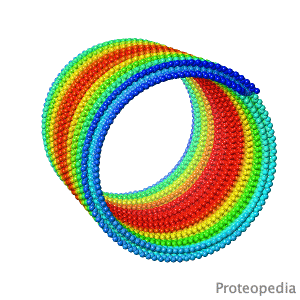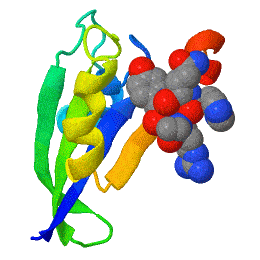Main Page
From Proteopedia
| Line 45: | Line 45: | ||
<td style="padding: 10px;> | <td style="padding: 10px;> | ||
| - | <p>[[I3DC|About Interactive 3D | + | <p>[[I3DC|About Interactive 3D Complements ('''I3DCs''')]]</p> |
| - | <p>[[Proteopedia:I3DC|List of | + | <p>[[Proteopedia:I3DC|List of I3DCs]]</p> |
| - | <p>[[How to get an I3DC | + | <p>[[How to get an I3DC for your paper]]</p> |
</td> | </td> | ||
Revision as of 09:53, 21 October 2018
|
ISSN 2310-6301
As life is more than 2D, Proteopedia helps to bridge the 3D relationships between function & structure of biomacromolecules
| |||||||||||
| Selected Pages | Art on Science | Journals | Education | ||||||||
|---|---|---|---|---|---|---|---|---|---|---|---|
|
|
|
|
||||||||
|
How to add content to Proteopedia Who knows ... |
Teaching Strategies Using Proteopedia |
||||||||||
| |||||||||||





